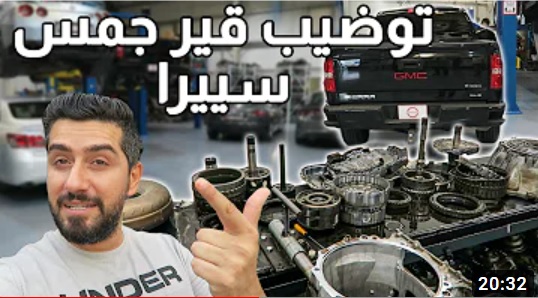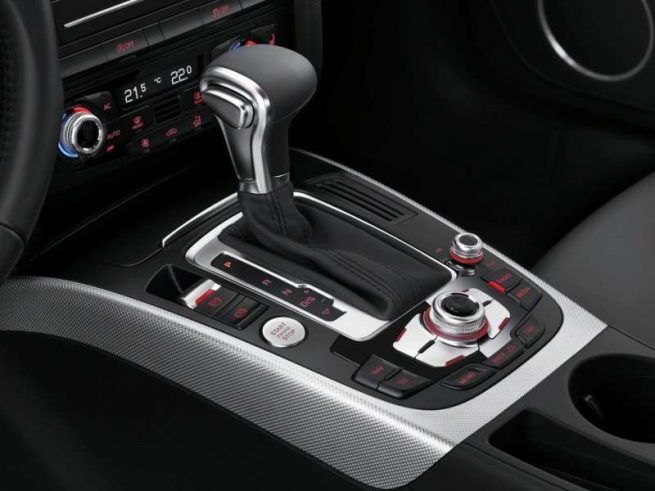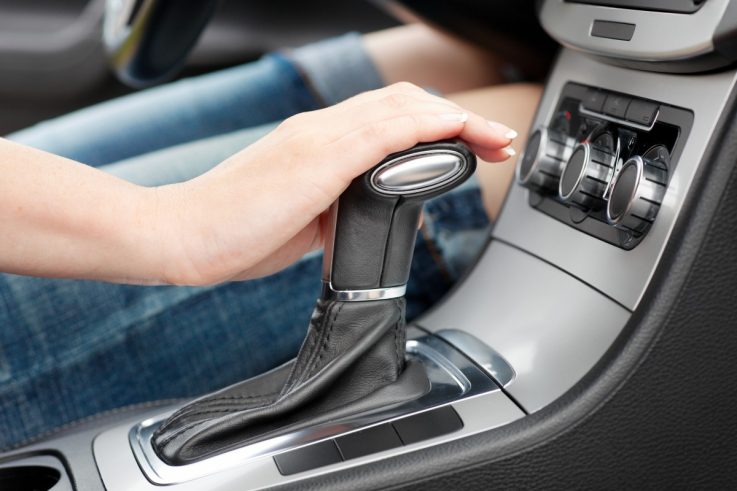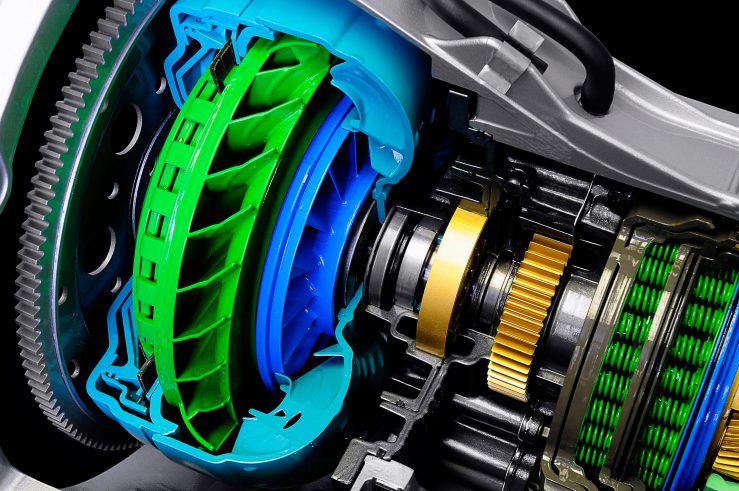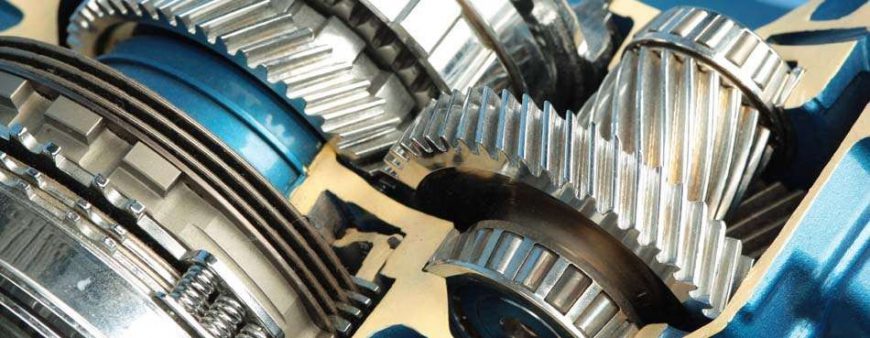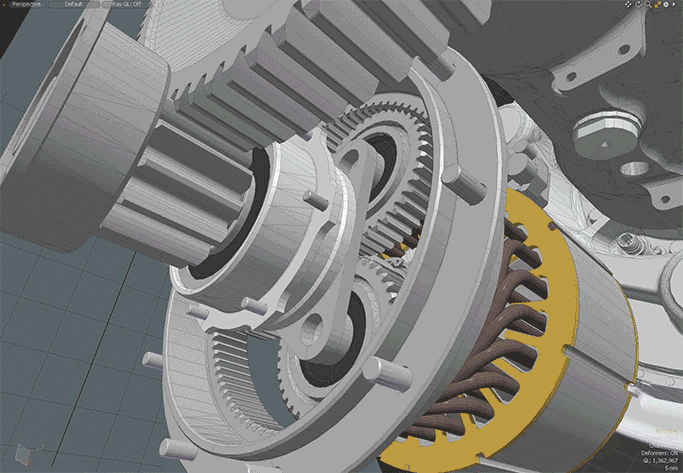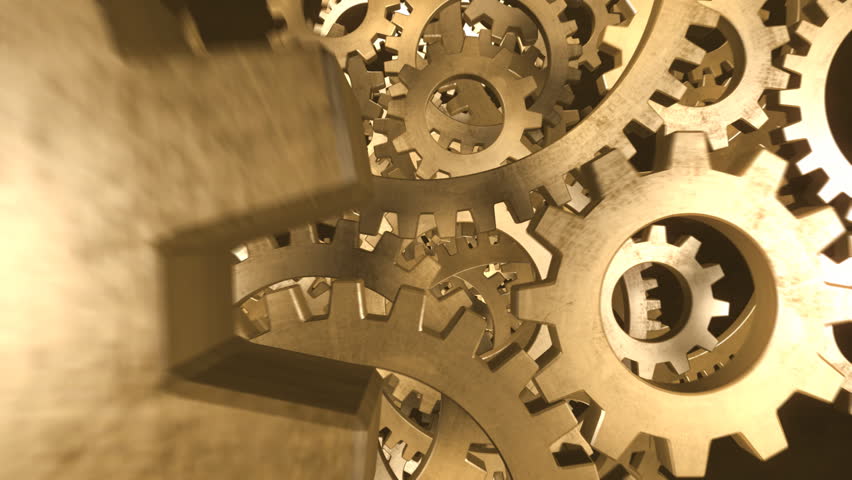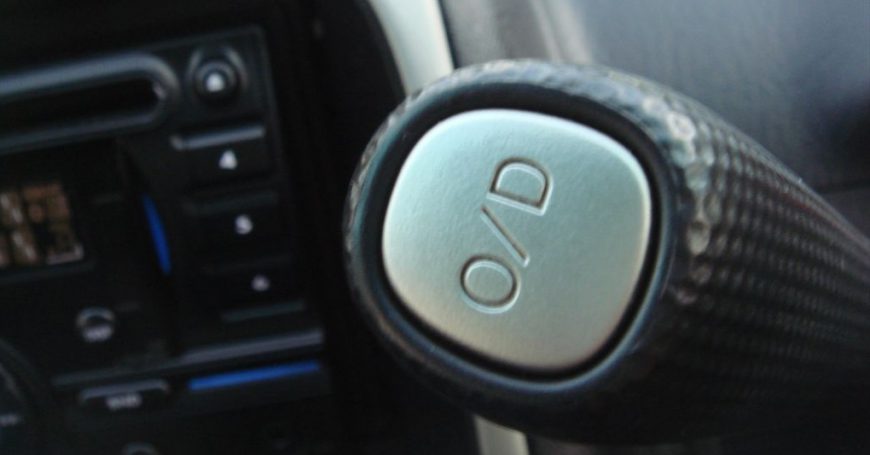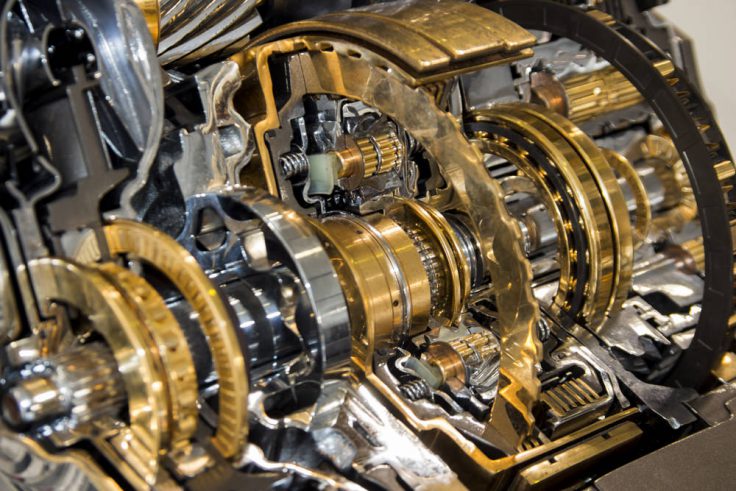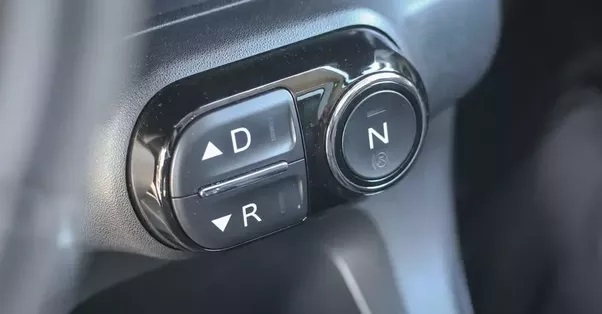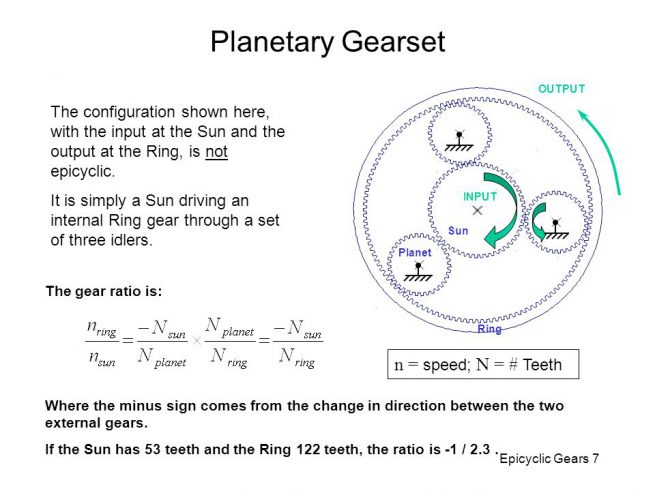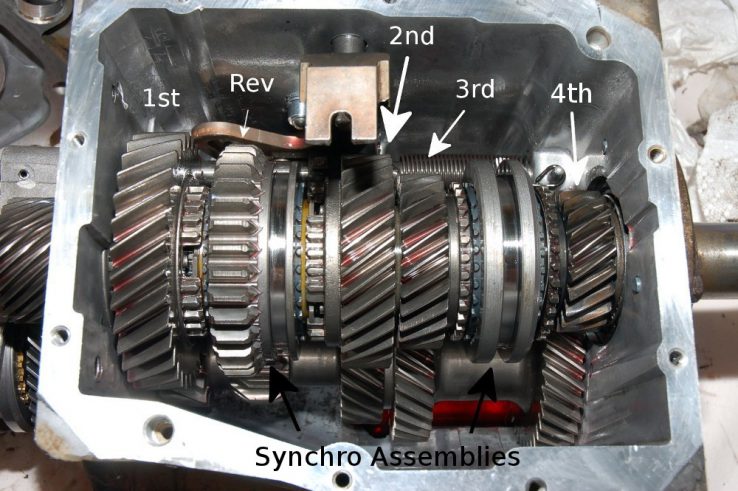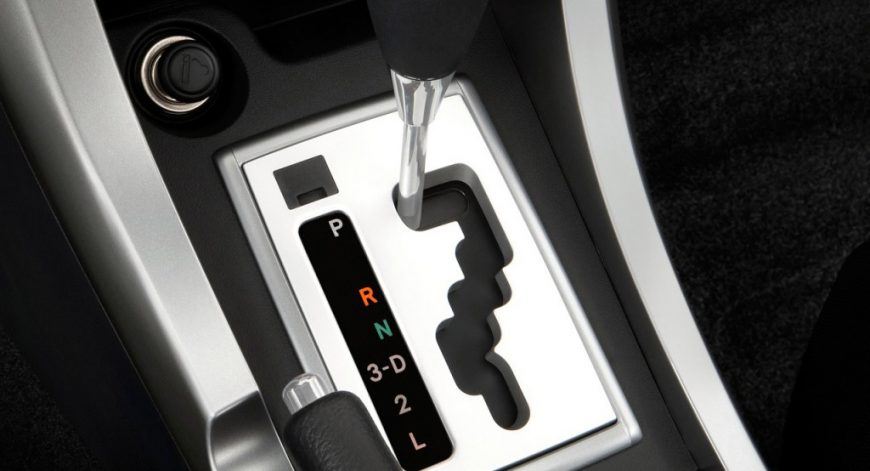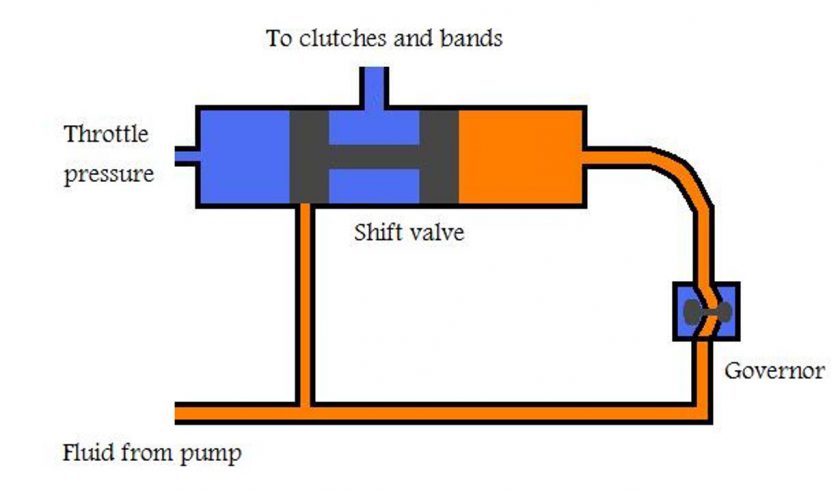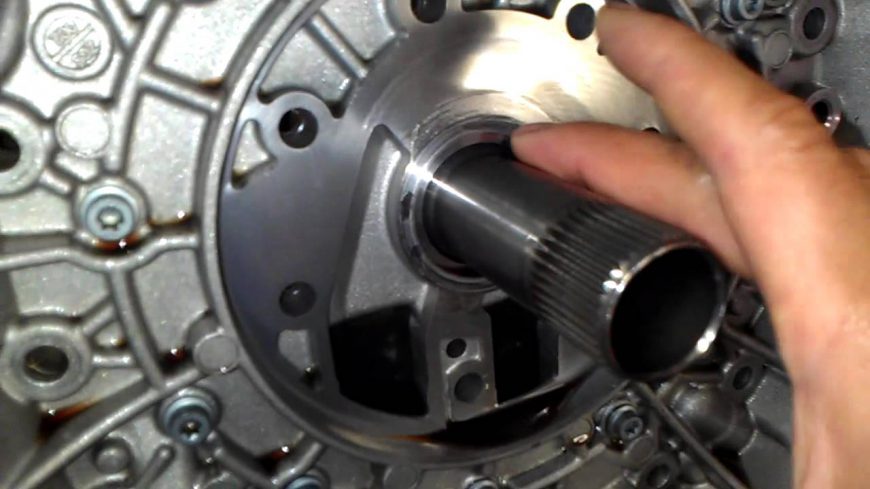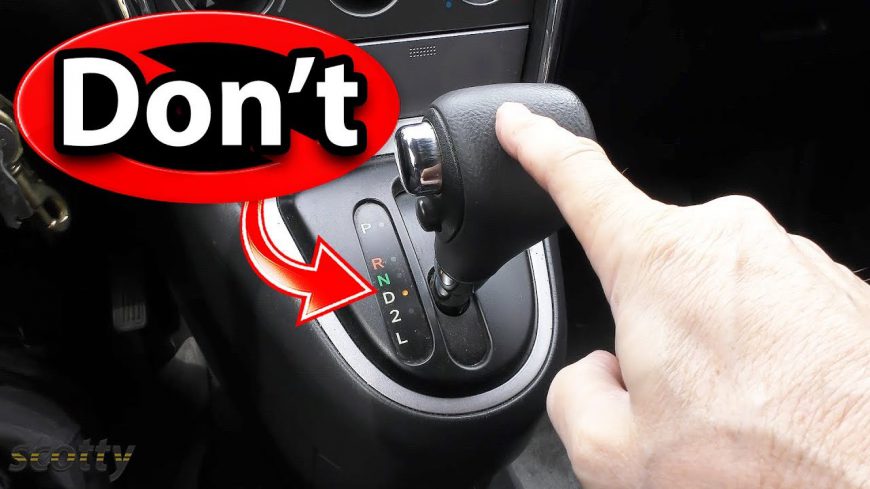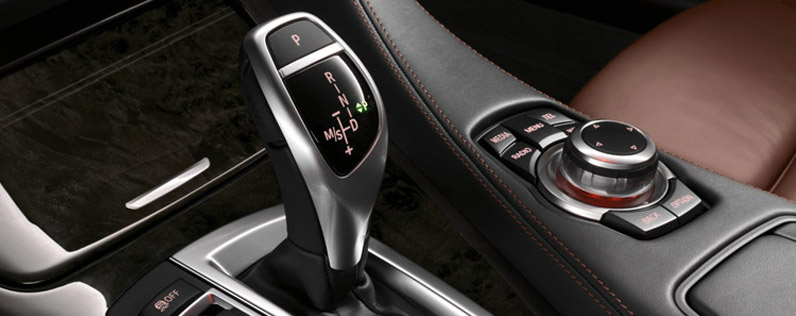ArabGT – تعديل قير جمس سييرا ! يحمل 900 حصان!
سنعرض عليكم اليوم عملية صيانة قير سيارة جمس سييرا تعمل كفرد من أعضاء فريق عرب جي تي المتحرك أثناء تصوير حلقات في البر ، قبل أن تقوم بتعديل القير إلى ستيج ٣ .Read moreWarning Signs you need a Transmission Repair
Next to the cost of replacing an engine, replacing a transmission is the most expensive vehicle repair an owner can make. Expect to pay between 1,000 and 10,000 for completely replacing a transmission. Having the original transmission repair (rebuilding the transmission) is even pricier, depending on the extent of the damage and make of the vehicle….
Read morePreventive maintenance for an automatic transmission
Giving small time and small amount for your vehicle to go on a Preventive Maintenance will prevent you to spend in high amount of repair and encumbrance. The Automatic Transmission is one of the most expensive and precious to repair. To maintain your Automatic Transmission in good condition, prevent repair and high expenses, here are some…
Read moreCompass Automatic Gear
This video has been created to show our valued customers what we do: We Pickup your car from any place We diagnose your car using the latest technologies We provide our recommendation to repair or replace We use only the highest quality components and original parts We deliver your car as good as brand new…
Read morePurpose of an Automatic Transmission
Just like that of a manual transmission, the automatic transmission’s primary job is to allow the engine to operate in its narrow range of speeds while providing a wide range of output speeds. Without a transmission, cars would be limited to one gear ratio, and that ratio would have to be selected to allow the car to travel…
Read moreHow Automatic Transmissions Work
If you have ever driven a car with an automatic transmission, then you know that there are two big differences between an automatic transmission and a manual transmission: There is no clutch pedal in an automatic transmission car. There is no gear shift in an automatic transmission car. Once you put the transmission into drive, everything else…
Read moreCompound Planetary Gearset
This automatic transmission uses a set of gears, called a compound planetary gearset, that looks like a single planetary gearset but actually behaves like two planetary gearsets combined. It has one ring gear that is always the output of the transmission, but it has two sun gears and two sets of planets. Let’s look at some…
Read moreSecond Gear
This transmission does something really neat in order to get the ratio needed for second gear. It acts like two planetary gearsets connected to each other with a common planet carrier. The first stage of the planet carrier actually uses the larger sun gear as the ring gear. So the first stage consists of the…
Read moreOverdrive
By definition, an overdrive has a faster output speed than input speed. It’s a speed increase — the opposite of a reduction. In this transmission, engaging the overdrive accomplishes two things at once. If you read How Torque Converters Work, you learned about lockup torque converters. In order to improve efficiency, some cars have a mechanism…
Read moreThe Planetary Gear-Set
When you take apart and look inside an automatic transmission, you find a huge assortment of parts in a fairly small space. Among other things, you see: An ingenious planetary gearset A set of bands to lock parts of a gearset A set of three wet-plate clutches to lock other parts of the gearset An…
Read moreReverse Gear
Reverse is very similar to first gear, except that instead of the small sun gear being driven by the torque converter turbine, the bigger sun gear is driven, and the small one freewheels in the opposite direction. The planet carrier is held by the reverse band to the housing. So, according to our equations from…
Read morePlanetary Gearset Ratios
One of the planetary gearsets from our transmission has a ring gear with 72 teeth and a sun gear with 30 teeth. We can get lots of different gear ratios out of this gearset. Input Output Stationary Calculation Gear Ratio A Sun (S) Planet Carrier (C) Ring (R) 1 + R/S 3.4:1 B Planet Carrier…
Read moreThird Gear
Most automatic transmissions have a 1:1 ratio in third gear. You’ll remember from the previous section that all we have to do to get a 1:1 output is lock together any two of the three parts of the planetary gear. With the arrangement in this gearset it is even easier — all we have to…
Read moreWhat is L, 2, D3 in automatic transmission?
Aside from the obvious ones like the P (Park), R (Reverse), N (Neutral), and D (Drive), there are other things written on the indicator of your automatic transmission lever. These are drive modes you use on specific road situations. But what does L, 2, and D3 mean and when do you use them? By the way, this…
Read moreAutomatic Transmissions: Valves and Modulators
To shift properly, the automatic transmission has to know how hard the engine is working. There are two different ways that this is done. Some cars have a simple cable linkage connected to a throttle valve in the transmission. The further the gas pedal is pressed, the more pressure is put on the throttle valve. Other cars…
Read moreAutomatic Transmissions: Hydraulics, Pumps and the Governor
Hydraulics The automatic transmission in your car has to do numerous tasks. You may not realize how many different ways it operates. For instance, here are some of the features of an automatic transmission: If the car is in overdrive (on a four-speed transmission), the transmission will automatically select the gear based on vehicle speed…
Read more5 things you shouldn’t do while driving
an automatic Transmission
If you prefer or own an automatic, here are 5 tips that you should be aware of while driving on the road. Engage P only when you’ve come to a complete stop When driving an automatic, always remember that you should engage the gear stick to P (Park) only when your vehicle comes to a…
Read moreElectronically Controlled Transmissions
An automatic transmission with a manual mode allows the driver to shift gears without a clutch pedal. Electronically controlled transmissions, which appear on some newer cars, still use hydraulics to actuate the clutches and bands, but each hydraulic circuit is controlled by an electric solenoid. This simplifies the plumbing on the transmission and allows for…
Read more